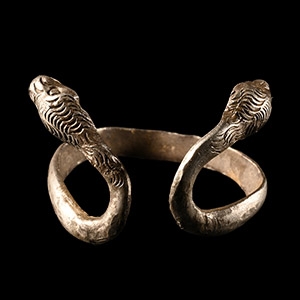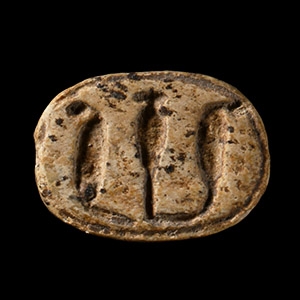Home > Auctions > 5 - 9 March 2024: Ancient Art, Antiquities,
Natural History & Coins
Auction Highlights:
Previously with Mariaud de Serres, Paris, France.
From a Paris Gallery.
The Four Sons of Horus were deities responsible for protecting the internal organs of the deceased. The human-headed Imsety protected the liver, the baboon-headed Hapy protected the lungs, the jackal-headed Duamutef protected the stomach, and the falcon-headed Qebehsenuef protected the intestines.
Ex London, UK, gallery, 1971.
Cf. Ben-Tor, D., The Scarab: A Reflection of Ancient Egypt, Jerusalem, 1993, p.43, for a Phoenician scarab with similar sphinx.
From the vendor's grandfather's collection, formed in the 1950s; thence by family descent circa 1974.
Ex Cummings collection, UK, 1990s.
Previously on French art market in the 1990s.
Ex London, UK, collection.
Cf. Manley, B., and Dodson, A., Life Everlasting. National Museum of Scotland Collection of Ancient Egyptian Coffins, Edinburgh, 2010, p.114, no.43, for a bead-work shroud incorporating a winged scarab and Four Sons of Horus.
The Four Sons of Horus were deities responsible for protecting the internal organs of the deceased. The human-headed Imsety protected the liver, the baboon-headed Hapy protected the lungs, the jackal-headed Duamutef protected the stomach, and the falcon-headed Qebehsenuef protected the intestines.
From a London, UK, collection.
Formerly with a central London auction house.
Cf. Manley, B., and Dodson, A., Life Everlasting. National Museum of Scotland Collection of Ancient Egyptian Coffins, Edinburgh, 2010, pp.136-137, nos.58-59, for two examples of such plaster masks; see also Toynbee, J.M.C. Roman Historical Portraits, London, 1978, for discussion.
with J.J. Klejman, Madison Avenue, New York, USA, 1960s.
UK collection, acquired from the above, 1960s.
Cf. Bothmer, B.V., Egyptian Sculpture of the Late Period 700 B.C. to A.D. 100, New York, 1960, pp.138-140, no. 108, pls.100-101, figs.267-269, 272, for a similarly realistic portrait head with a lined brow.
The heads of priests in Egypt were customarily shaven for reasons of ritual purity.
From the property of the late Mr SM, London, UK, 1969-1999.
Collection of Brugsch Pasha (1842-1930).
with Hotel Drouot, Paris, 30 September 1997, no.643.
Ex property of Mr Naudy.
Property of a French collector.
Cf. The British Museum, museum number EA35417 'Bronze seated figure of Harpocrates', for similar; Walker, S. & Higgs, P. (eds), Cleopatra of Egypt, London, 2001, p.105, no.127, for a similar example.
Horus, son of Isis and Osiris, was considered a solar deity who overcame darkness and defeated the chaotic forces of his evil uncle, the god Seth. Egyptian pharaohs considered themselves to be reincarnations of Horus. In his youthful form, Horus the child embodies the new sun and all associated benefits. In Graeco-Roman Egypt he became Harpocrates, son of Serapis and Isis, the deity-symbol of rebirth and fertility, perhaps the most popular deity to be represented in Ptolemaic and Roman Egypt.
Ex German art market, 2000s.
Acquired from an EU collector living in London.
From the collection of Surrey, UK, gentleman.
Cf. Chadour, A.B., Rings. The Alice and Louis Koch Collection, volume I, Leeds, 1994, item 118, for type.
Property of a North Lincolnshire, UK, gentleman.
Ex ArtAncient Ltd, London, SW6, in 2013, with stock no.15989.
From the private collection of Mr A Hills, Kent, UK.
Accompanied by a copy of an ArtAncient certificate of authenticity.
337 - 348 of 2726 LOTS

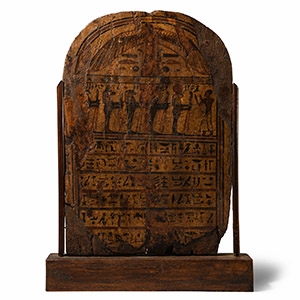
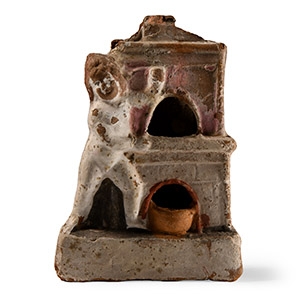

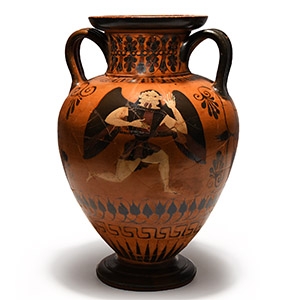
.jpg)
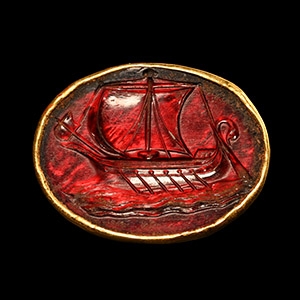
.jpg)

.jpg)
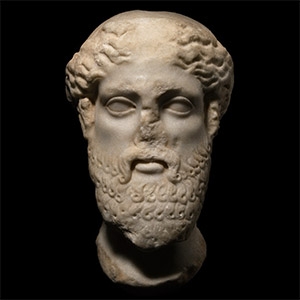
.jpg)
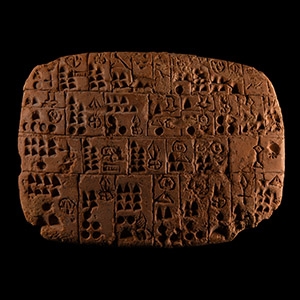

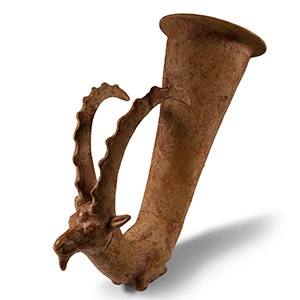
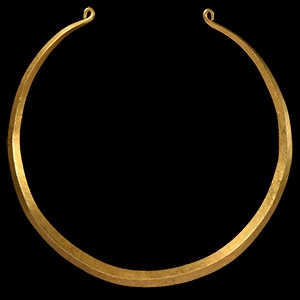
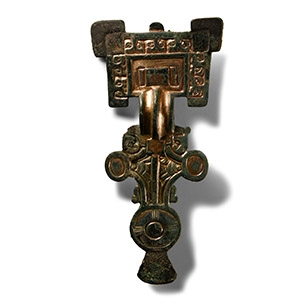
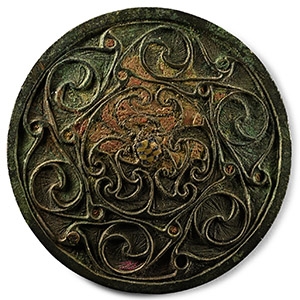

.jpg)
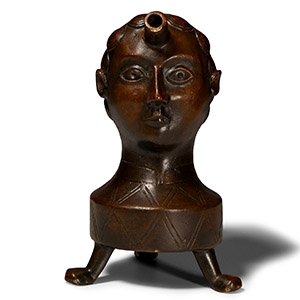
.jpg)

.jpg)
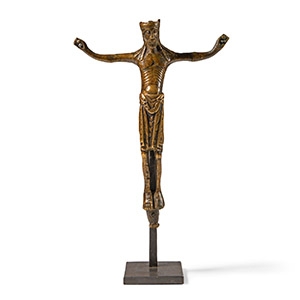
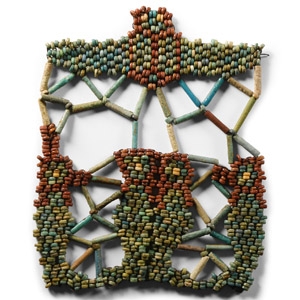
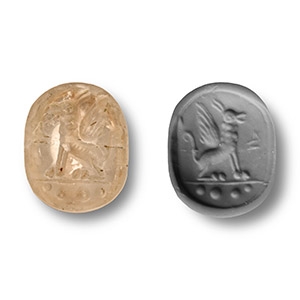

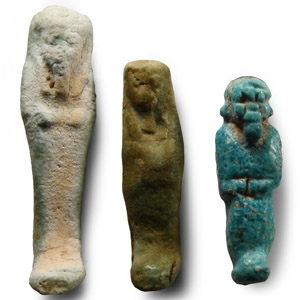

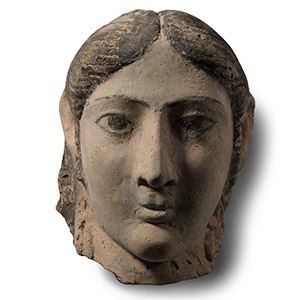
.jpg)

.jpg)
